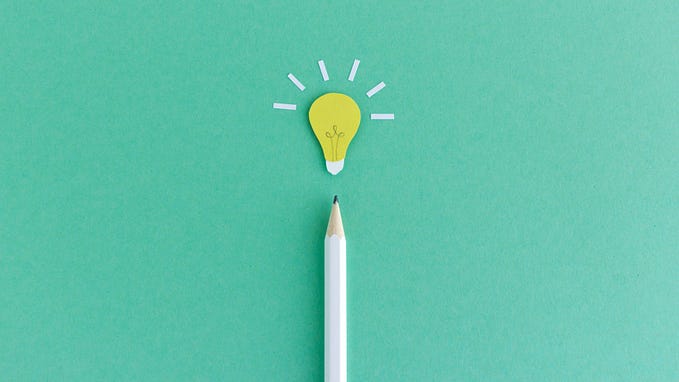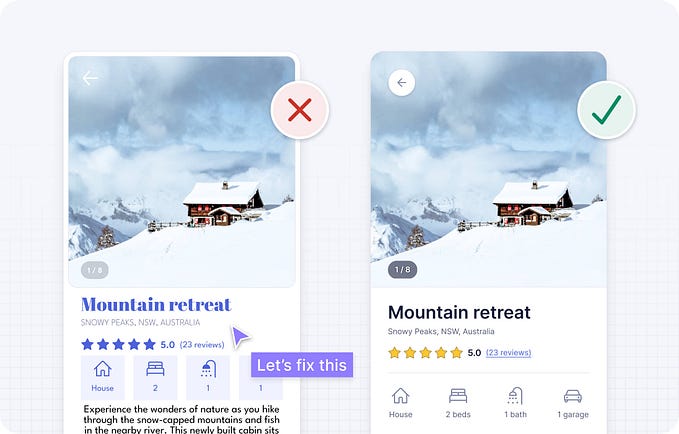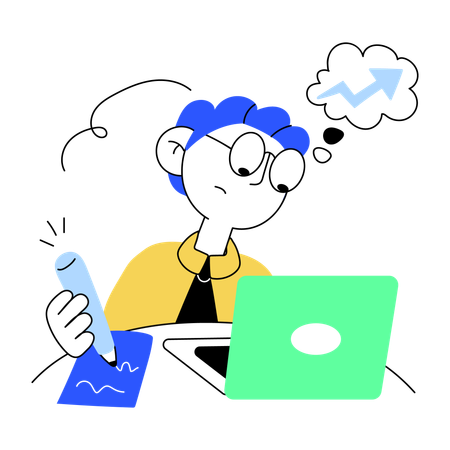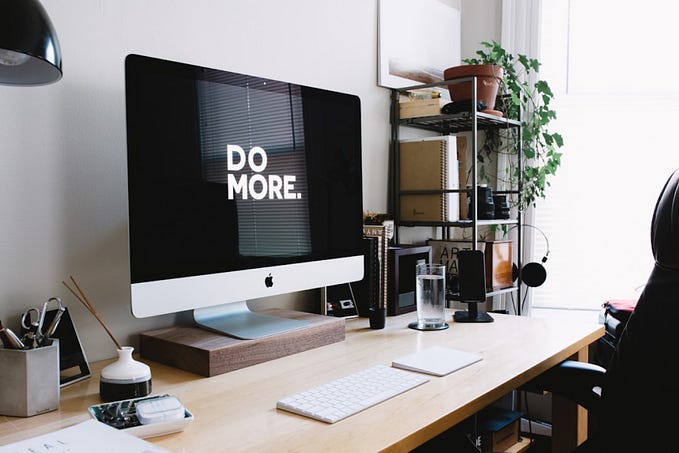Top 7 Tips for Remote Work
with Monday.com
COVID-19 is affecting many industries, including design. Social distancing became an essential everyday practice, and many companies have made a move to remote work. Project managers are quickly trying to establish processes that allow teammates to work effectively, but developing effective communication and collaboration can be challenging.
In this article, we will share ten highly practical tips that will help you manage your team’s work & projects from home using monday.com.
1. Plan the scope of work
Product design is a complex process that involves a large swathe of work at many levels — from conceptual research to user testing. It’s essential to be able to track all the work that the team plans to do, the work in progress, and match it to what the team plans to ship on the market. Effective remote management is all about solid planning. Product teams produce excellent work when every team member knows what they are supposed to do and by when. It’s essential to focus on creating a solid backlog, ensure that the product roadmap is crystal clear to everyone, and team members understand each other’s roles and responsibilities.
Here are two essential tools that every team should use for better planning:
- Weekly schedule. Knowing who works when is necessary for organizing an effective design process, especially when part of your team works in different timezones. Consider building a board to schedule out your weekly work. It’s easy to create a schedule using monday.com — simply assign a specific team member to the available time slot.
- Gantt chart. Gantt chart helps keep everyone on the same page. Gantt charts make it easier for team members to lay out your team’s assignments and help team members understand the dependencies, which can help identify priorities as well as potential roadblocks.
2. Outline all meetings in the team’s meeting board
Communication is the most critical skill to practice while working remotely. Since remote work typically goes hand by hand with a flexible work schedule, it’s vital to outline all events that require the participation of two or more people in the team’s meeting board.
Every meeting should have a clear agenda so team members who participate in a meeting can understand what problem they will discuss in a session, and who will be responsible for introducing changes.
Here are some essential meetings you want to have:
- Daily syncs. Daily syncs are regular meetings for the whole team on which team members share updates. Daily syncs shouldn’t take much time, so it’s recommended to have 1 or 2 minutes per each speaker.
- Design reviews. Well-established practice of regular design reviews will help your team members ensure that they are moving in the right direction. Along with sprint reviews, you should also hold regular milestone reviews with your entire team to illustrate how your design is evolving.
- 1:1 meetings. Face-to-face connections help build trust and strengthen relationships within the team, which is especially important when team members work remotely.
For design reviews and daily syncs, strive to provide recordings of videos for team members who might not participate in the meeting.
3. Use video to provide design feedback
When designers provide feedback on a design, they usually do it in the form of text comments. While that feedback can give enough details for the other person to get a sense of what you mean, you still miss an opportunity to convey the tone of voice and emotional reactions. Plus, too much text naturally makes design feedback less effective — nobody enjoys reading long paragraphs of text. So when it comes to remote design, it’s much better to record your feedback as video. Use built-in tools like QuickTime Screen Recording, upload the file to Google Drive or Dropbox, and attach the file to the task.
4. Connect task management tool with a corporate messaging system
Team messaging systems like Slack are good for sharing real-time updates about the design process. Team members can post product updates and ask questions. But it’s possible to make the messaging system even more powerful when you connect it to the task management tool. You can integrate Slack with monday.com and turn your updates into messages so that team members will receive a notification each time a comment is added on their task in monday.com.
It’s also possible to create a rule for sending messages when the team schedule is updated. Simply try: “When any update is posted, send it to the channel.”
So that your team members will be notified about the changes.
5. Turn face-to-face meetings with team members into action
Collaboration is an essential part of the design process. Both brainstorming and prototyping are much easier when designers work side by side. But when designers work remotely, they often lack a sense of shared context. However, it is still possible to hold effective design sessions using online tools. For example, you can turn online face-to meetings into collaborative design sessions and get work done in real-time using your favorite prototyping tool. Monday.com has built-in integration with Zoom — platform for video and audio conferencing. You can launch Zoom directly from monday.com. So no need to switch to another tool to see your colleagues.
6. Invest in creating a single source of truth for your team
“Where can I find the latest version of our design?” This is a typical question among many design teams. It’s much easier to find the answer to this question when your colleague is just one step away from your work desk, but in remote teams, team members sometimes have to wait hours for the answer. When it comes to creating an efficient design process in remote teams, it’s essential to create a shared space that contains the most up-to-date iteration of your design.
Monday.com offers documents and resources template that will be a team’s place to store design documentation, presentations, or even design assets. This is a real game-changer for remote teams and especially useful when teams onboard new employees. It’s great when the company has one place for all the knowledge people need to get their work done.
7. Track goals in high level
Staying in sync with both tasks and goals can be hard. Team managers need tools that help them to get everyone on the same page and ensure that all team members work together effectively. monday.com offers a few helpful widgets that help product teams improve their efficiency. Here are some of them:
- Key performance indicators (KPIs). You can use chart widgets to create a dashboard with your KPIs.
- Battery widget. This widget helps team managers track the overall progress of a team. It shows the % of work that is done, work in progress, and stuck can helps team managers track the progress and find gaps in efficiency.
- Workload widget. This widget helps you see who is over capacity and assign upcoming tasks accordingly.
Conclusion
The effective design process starts with an effective environment that allows team members to do good design. By establishing the proper design process and selecting tools that support remote management, you’ll set up your organization for success and prove the fact constraints that designers have when they create products only make designers more powerful.
The article is written in collaboration with monday.com









